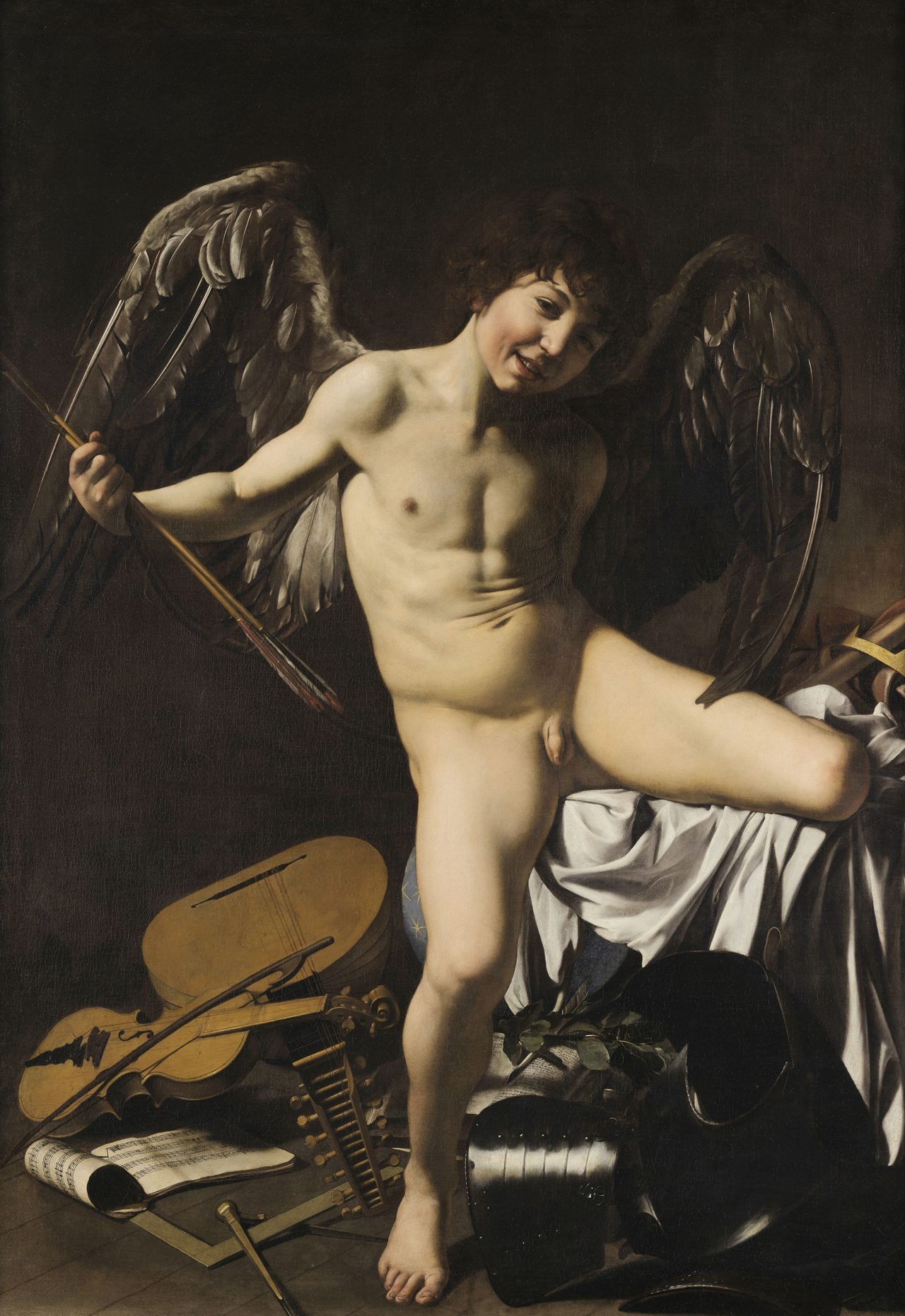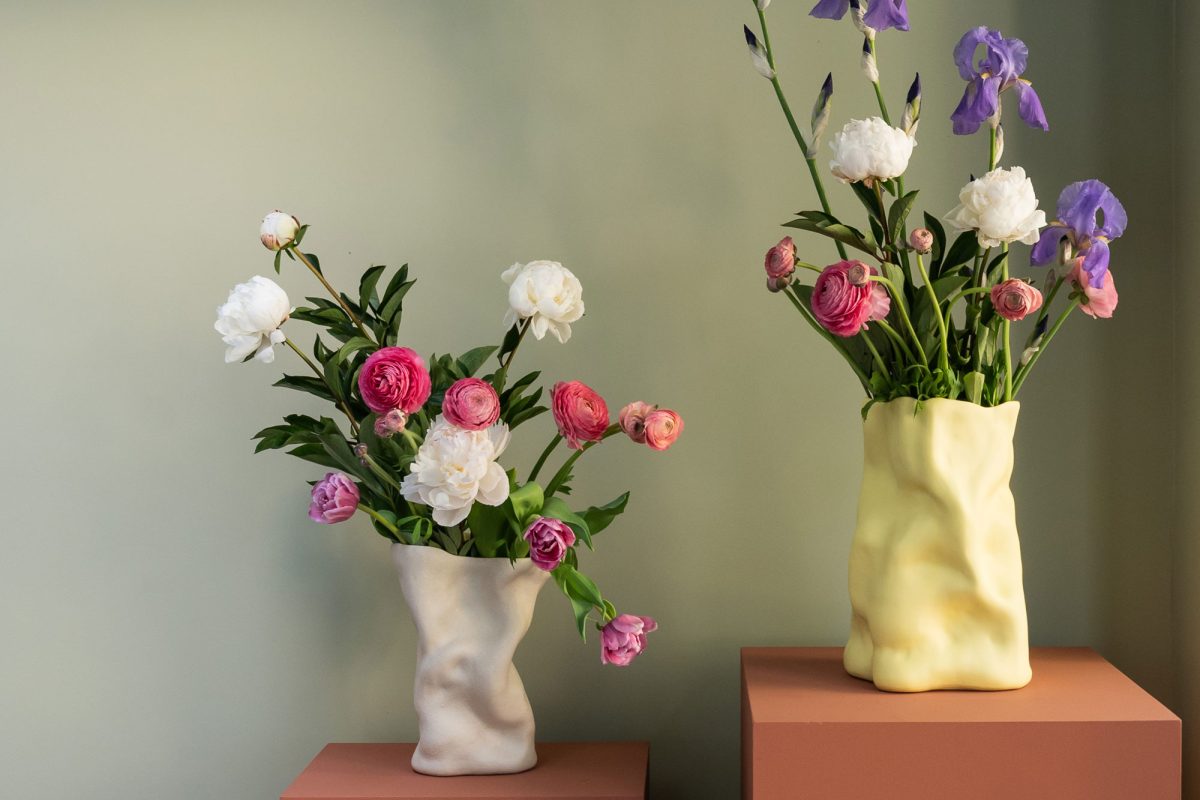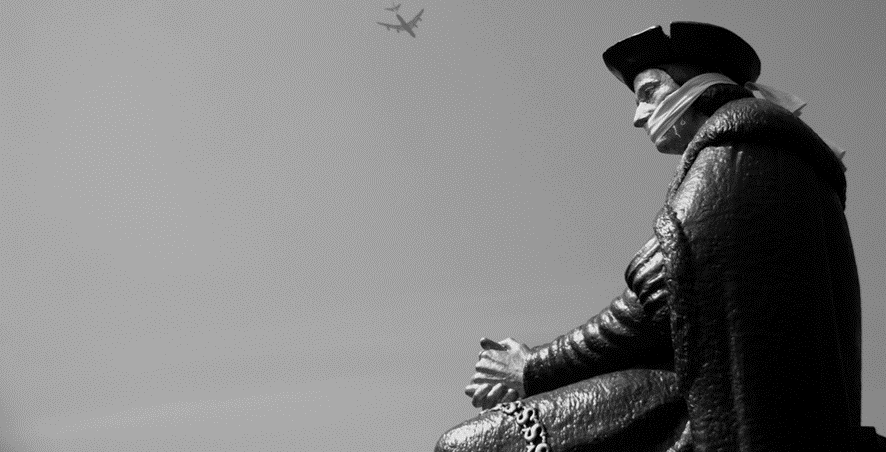Caravaggio’s masterpiece Victorious Cupid, which has never before been seen in public in the UK, will go on display for free at London’s Wallace Collection, from late November 2025.
Victorious Cupid (1601-02) is a major loan from the Gelmäldergalerie in Berlin. It is the centrepiece of a focused exhibition, accompanied by two ancient Roman sculptures which, four centuries ago, were displayed in the same collection.
The painting and sculptures once belonged to the fabulously wealthy and erudite Marchese Vincenzo Giustiniani (1564–1637) who, with his older brother Cardinal Benedetto Giustiniani, lived in a vast palazzo near the Pantheon in Rome. The Cupid hung in his ‘great room of ancient paintings’ with 13 other works by Caravaggio – one of them his celebrated Lute Player, another an Inspiration of St Matthew, with a disturbing, strangely erotic angel – and a splendid array of works by Raphael, Giorgione, Titian and Andrea del Sarto. In his sculpture gallery, Vincenzo presented, with wit and learning, a vast panorama of ancient sculptures.
Victorious Cupid is a shocking picture, whose provocative sexuality, and full frontal nudity, stops the viewer in their tracks. Lifesize and painted from nature, a 12-year-old Roman boy – a pair of arrows thrust into his hand – wears only a pair of eagle’s wings and a cheeky grin. The painting’s theme is ’Love conquers all’ and at his feet, in disarray, lie symbols of culture, learning and power – musical instruments, a crown and sceptre, pieces of armour, a compass and set square, a laurel wreath and pen – all brought low by the mischievous god of Love. Behind him appears the sliver of a celestial globe, suggesting his triumph over all the world.
Palaces
The Wallace exhibition creates a sense of walking through the Palazzo Giustiniani, with images of sculptures decorating the walls, and suggesting views through the window to the church of San Luigi dei Francesi, where Caravaggio’s Scenes from the Life of St Matthew had launched his brilliant career. Through maps and prints it evokes the world of 17th-century Rome, where, in a small area of dark alleyways, piazzas, taverns, artists’ studios, churches, and splendid palaces, the drama of Caravaggio’s life was played out – and a revolution in European painting took place. The Palazzo was a sociable place, and learned visitors there engaged in conversazione about art. They particularly enjoyed the paragone, a formalised debate between the rival merits of painting and sculpture, and between ancient and modern. Visitors to the Wallace collection will be able to experience this for themselves, by comparing the two ancient Roman sculptures with Caravaggio’s remarkable Cupid. It suggests how the painting was the culmination of a theatrical tour of the gallery, covered by a curtain, which the curator flung back to enhance Cupid’s triumph and his vivid and startling presence. He seems poised to tumble into the viewer’s space.

Caravaggio was at the height of his success, in a period of astonishing creativity when he painted this work; it won immense fame, and Giustiniani ‘thereafter admired Caravaggio beyond reason‘. Its naturalism, and the beauty of the painting of the flesh, enthralled his contemporaries, who did not comment on the astonishing lewdness of the image.
Only a few years later, in 1606, Caravaggio killed a man in a fight and fled Rome; he died at Porto Ercole on the Tuscan coast in 1610, as he attempted to return to the city.
Dr Xavier Bray, Director of the Wallace Collection, says: “I am thrilled we are exhibiting Caravaggio’s masterpiece Victorious Cupid in the UK for the very first time. It is an exceptional cultural exchange between us and the Gemäldegalerie in Berlin. Commissioned by Vincenzo Giustiniani in 1602, Victorious Cupid, with its mix of the sacred and the profane, is the ultimate Caravaggio painting. In it are all the hallmarks of his greatest work: sensuality, movement and the dramatic use of light. Visitors to the Wallace Collection will be immersed in a show the evokes the Palazzo Giustiniani and the world of 17th-century Rome, when the painting first awed its viewers.”
https://www.wallacecollection.org
See also: Rare JRR Tolkien Book Fetches £43,000















